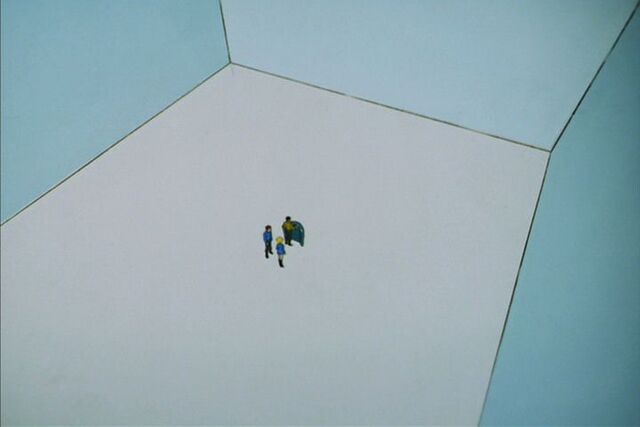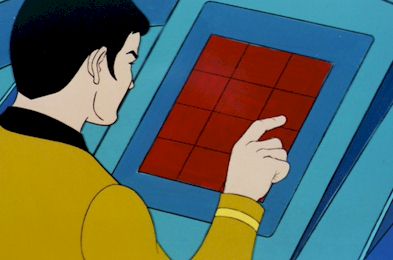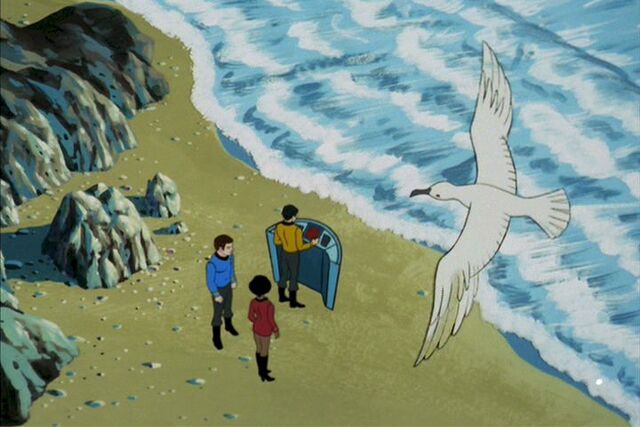One thing we seem to be misreading from "EaF" and all the other early TNG episodes is that our heroes constatly and consistently speak of the quality of the illusions.
Holodecks are not new to Riker nor Picard. The ones aboard the E-D are just better than what they have seen before, and this is what they explicitly comment on. They couldn't if they hadn't seen lower-quality devices before.
The problem for the audience is that there's no way to convey the difference between a poor-quality holodeck and an excellent-quality one through a television set.
1) In-universe, visuals are easy, and should not differ in 20th century and 24th century holosimulations. OTOH, out-universe, creating imperfect visuals calls for hugely expensive visual effects, while perfect visuals are free.
2) In-universe, illusion quality explicitly hinges on things other than visuals. We can't get a feel of a holodeck through television, literally. And we can't tell if a holoshow is running smoothly or has jarring edits, because our TV feed of it has edits. We only ever get one vantage point, too.
The writers try to compensate for that by constantly having the characters tell us how this generic holosimulation is so much more realistic from last week's absolutely identical one. But predictably they fail. This should not be construed as a continuity problem. It's just a comprehension problem.
Timo Saloniemi




